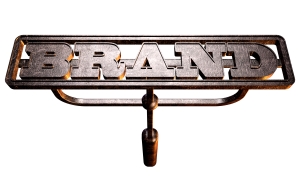Primal Branding your Author Brand – Conclusions
 Brand is both a noun and a verb. The verb suggests you do something to be branded.
Brand is both a noun and a verb. The verb suggests you do something to be branded.
Once you publish a book, a writer is automatically branded, but branding is a fluid, ongoing process.
The techniques of primal branding that we’ve been discussing for the last few weeks offer a method to develop your author brand along with ways to stand out in a flooded market of book choices.
Primal branding uses what writers are best at—storytelling with certain added visual components. With branding, an author presents to the buyer, aka reader, what they can expect when they purchase your book.
Trouble is, writers equate branding with marketing and balk. Writers (me included) would rather be writing than spend time on marketing!
Unfortunately, marketing is a necessary task. But selling your book shouldn’t be about flooding the Twitter feed with book promo tweets.
When people believe in you through your author brand, they become part of a fan group that surrounds your book. They are willing to advocate their belief in you to others.
Think about the last time you moved. How did you find out about the best grocery store? The best church? The best doctor or dentist? The auto mechanic who wouldn’t rip you off?
Most likely, from someone willing to advocate for their preference.
In other words, they delivered the form of marketing that traditional wisdom tells you money can’t buy.
Word of mouth.
Author branding offers a means to provide resonance and meaning for what we believe in and what we write about. A way to develop a fan base willing to sell our book, which is our product.
The question to ask yourself is whether you want to be just another book on the shelf, or do you want to become a desired and popular product?
If your answer is the latter, then author branding is for you.

